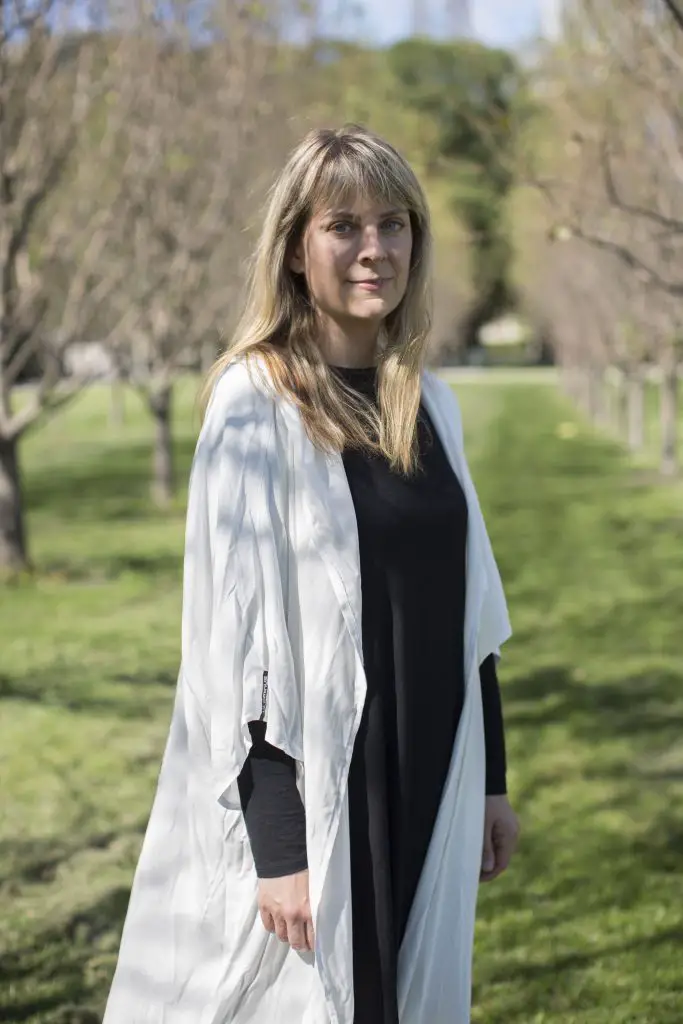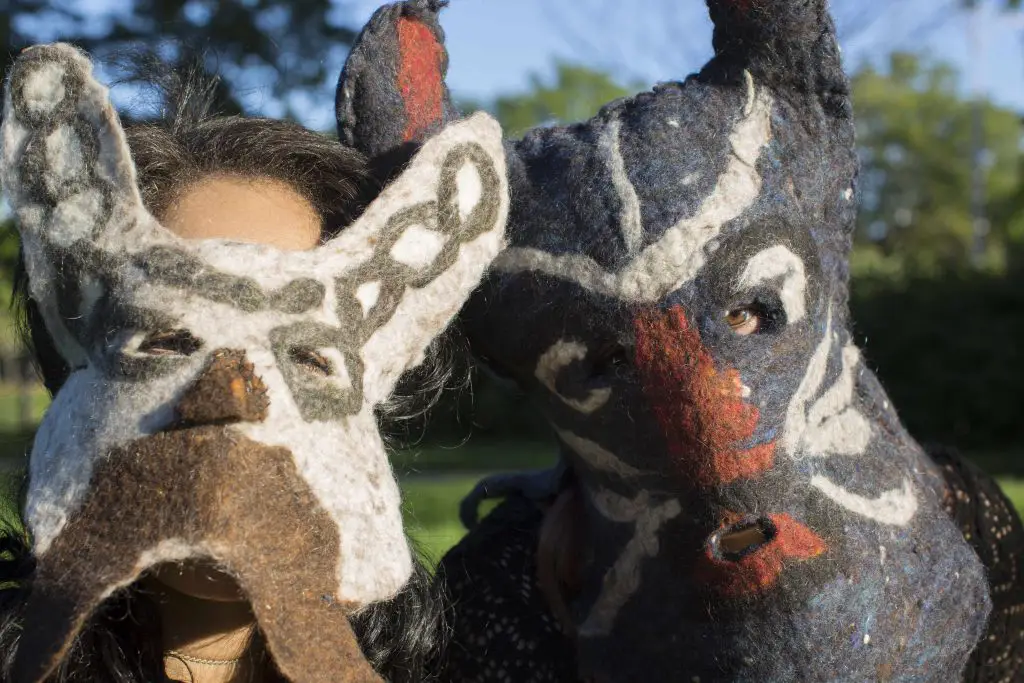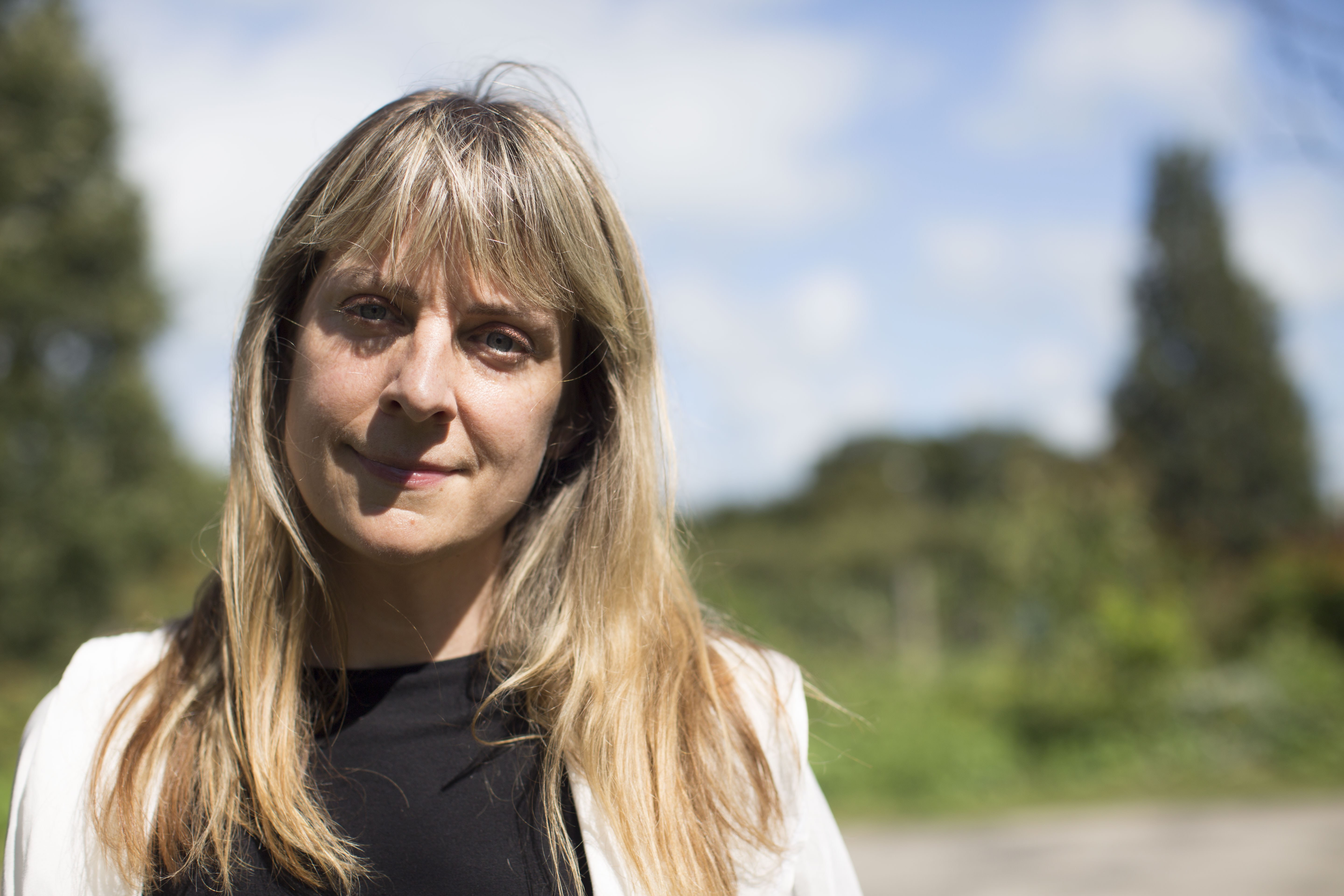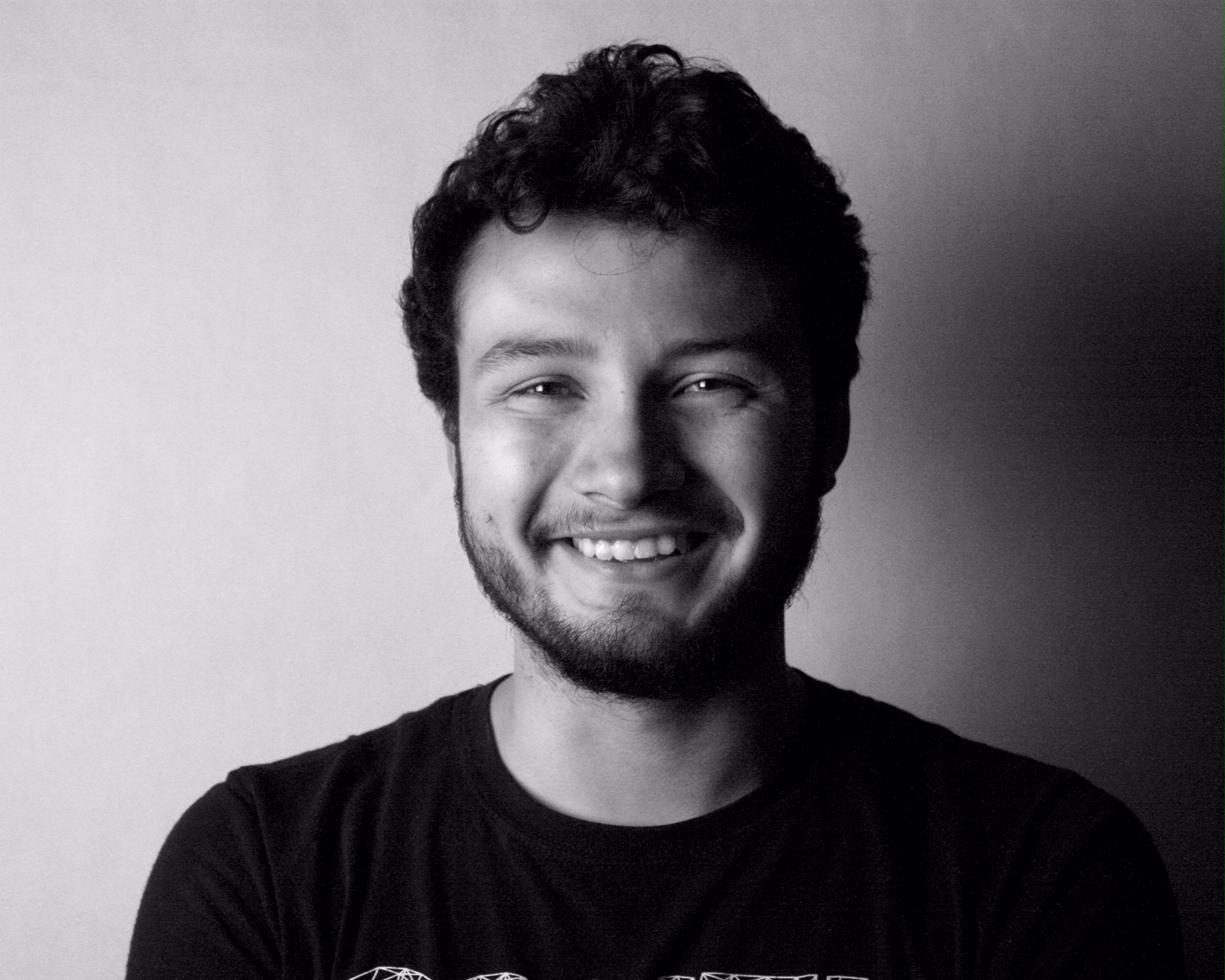Imagine a work of art. What comes to mind? A painting perhaps? A photograph? A big public sculpture? And along with those objects, might you have thought about the museum or gallery that houses it? You’ve likely associated them with a hefty price tag. You’re also bound to imagine an artist spending long, hard hours laboring away at a masterpiece, oblivious to the world around them.
You would be perfectly right in describing the art world over the last 200 years. However, this preoccupation with valuable objects, exhibiting institutions and individual genius is not the only way to consider art, it’s just the dominant one.
Imagine again, if you will, an art practice that isn’t focused on creating objects, but rather focuses on producing meaningful human interaction and social change. It doesn’t need a fixed location to be displayed or a prominent gallery to assign its worth. To some extent, even the importance of the individual artist themselves is blurred away, replaced by collaboration and community.
This model of art making is being referred to as socially engaged art, or social practice. You wouldn’t be blamed for being confused about it. Even at its clearest, its boundaries are a purposefully ambiguous blend of politics, community organization and art. It is, by nature, elusive of traditional art definitions and markets.
Melissa Hilliard Potter, a socially engaged artist with extensive insight into this relatively new field, is one of its premier practitioners. Potter eloquently conveys the clearest definition she can muster, as well as the origins of the practice, and its significance. Although the methodology of social practice can be difficult to pin down, its motivation is clear: challenging the status quo.
“There are a lot of lies in the art world,” says Potter. “The greatest lie is that if you’re good you’ll be discovered. What we really know is that access to money, power, privilege and whiteness are how you gain power in the art world. It’s up to artists to dismantle that mythology, and to resist and refuse it.”

Melissa Potter and Socially Engaged Art
Potter works out of Chicago, teaching full time at Columbia College. Her resume is extensive, spanning the last two decades and headed by a number of grants, including an impressive three Fulbright awards. (The Fulbright program supports cultural exchange between the U.S. and other nations around the globe.) While her art spans many disciplines, Potter maintains a feminist and socially engaged practice, and she works to position this marginalized form in a broader art context.
Even in her early career, Potter never separated art and politics. “I was raised in a politically active family. The idea that art would have an engagement with politics or with the cultural condition was always the way I considered it,” she says. Potter was brought up in a Quaker community, through which activism and social justice were commonplace. To this day, Quakers are well known for activating their faith through political engagement.
She credits her mother with encouraging her political research as a child, even outside of school. This upbringing, and her time at Guilford college, a school also maintaining Quaker values, had a huge influence on Potter’s values as a socially engaged artist. From there, she pursued art academically, first through Virginia Commonwealth University and then Rutgers in New York.
Following this upbringing, Potter focused her work on feminism and social issues primarily through alternative distribution networks. This meant that she wasn’t looking to thrive in the traditional artist’s role, but rather was actively looking to work outside of it.
Potter found herself regularly working within the field of handmade paper, both as artist and teacher. She continued to do this when she moved to Chicago, which allowed her to bring a new vocabulary to her work with socially engaged art. It was amidst this conversation that Potter formulated her ideas about social practice. To her, the term “socially engaged art” was used to legitimize practices that existed within feminist and activist realms anyways. She frames the subject through its roots in feminism, activism and the field of education, with collaboration being the key that underpins all of these practices.

“What feminism proposes as a challenge to single authorship is that nothing takes place without collaboration,” she says, “that as a philosophy we have to accept that there is no such thing as individual genius, that genius is based on position, privilege and right place, right time, but that there are multiple labors happening at any given time that enable artworks to take place.”
This emphasis on the distribution of labor is what makes social practice so radical. It shifts the focus away from individual artists and empowers communities instead. Rather than focus on the creation of objects, it raises cooperation as the most important part of art making. In this way, it directly challenges the art market and the way it currently values the production of art. “This idea of static, object-based works that are only circulated by a museum is very retro thinking … the gallery and the institution of power that artists have been connected to is only one small part of how a visual and or social engagement can take place in the world,” she says.
Potter and her practice are motivated by the rapid changes occurring throughout society, especially the interconnectivity that social media has afforded artists and consumers. The philosophy behind social practice, then, reflects the shift that art needs to make to keep up with these changes.
Says Potter, “Social practice, to me, is any activity that challenges the art establishment status quo, that distribution strategy has to be about money, the proper institutional support, and vetting through acceptable systems that are really about power, access and economy. And so anytime that [someone] is working outside of that arena, they are engaging in social practice.”
Potter’s Work
Potter describes her work as being “interested in recording, preserving, promoting and evaluating female culture as alternatives to prevailing and dominant history.” “Feminist Felt,” the work modeled in the accompanying photos, embodies her practice by engaging heritage. Through her work with the Fulbright scholarship project, Potter, along with Miriam Schaer and Clifton Meador, went to the Republic of Georgia and taught bookmaking as a sort of skill swap with felt artisans. In a second iteration of the project, she brought a lot of her older research on mask cults and pagan rituals from former Yugoslavia into conversation with activists who were using those to create their anonymity.

Feltmaking has a long history in Georgian craft but has been marginalized as a tradition, likely because it is associated with femininity. The project displays many of the socially engaged attributes that have been discussed so far. First, it is preserving and validating feltmaking as a valuable practice. It also requires teaching and the transference of skills in a collaborative setting.
Certainly, “Feminist Felt” has produced beautiful objects, but they are a byproduct of the project’s social function: to empower women activists and give them a tool by which to achieve their goals. The masks are only a vehicle with which to achieve social change. In social practice, the change is the art.
Over the last five years, Potter has also found herself working with Maggie Puckett, a friend and fellow papermaker, to maintain “Seeds InService.” The project revolves around a thematic garden bed housed on the Columbia College campus. Each year the pair settle upon a topic, such as “Women’s Health,” “Las Mujeres Zapatistas,” “Pre-Colonial Gardens,” etc. and proceeds to plant a garden that then becomes material for further projects under the theme.
In this way, “Seeds InService” becomes a forum and impetus for the accompanying projects. The collaboration with subsequent work is the main artistic function, rather than the plants themselves. The metaphor in the title becomes clear, referring not only to physical seeds, but also to the seeding of broader projects, and in turn, planting ideas and fostering social change.
The way Potter conceives it, this type of project is only possible because she is able to collaborate not only with other artists, but Columbia as well, to produce work that would be impossible on her own. For her, collaboration is about inverting the system of power that requires that you have everything. “I’ve never had my own studio. I probably never will. I’m never gonna have that capital, and that’s okay. My collaboration is with my institution and my students,” she says.
Education as Social Practice
I first met Potter through a workshop at the Haystack Mountain School of Crafts in Maine. She led a course in handmade paper, with the goal of sourcing material from the environment, taking advantage of the diverse flora lining Maine’s coast. My time under her instruction perfectly captures what social practice has the potential to be and was the inspiration for this interview.
She shared her knowledge, teaching us to make paper, bind books and forage for material, but allowed us complete freedom as to what to do with these newfound tools. Each of us got to explore and create at our own pace and toward our own goals. In this way we all learned collectively from each other, without having to pursue every path individually. Potter was the instructor, but she was just as much a student as the rest of us.

She says, “Haystack was not just me teaching; Haystack was about me taking a research idea, which is ethnographic interpretations of feminism … and [transforming] them as art. But in the old art world we would designate those as two separate things: Mel Potter’s artwork, which is object-based, and Mel Potter’s teaching, which is conceptual and in service. I think social engagement is to bring those two back together.”
Potter conceived of this project to use the environment as material, but it took a collaborative effort to implement. The time we spent working and the knowledge we gained collectively became the artistic labor.
Conceiving of education as a form of art is another challenge to the status quo. It means that the familiar model of teaching becomes a tool to empower communities, and the passing of knowledge becomes the art, as opposed to the product of the knowledge itself. “Socially engaged artists often engage pedagogy as practice, [and take] the educational environment, the audience engagement in teaching a skill and transform it into art,” says Potter.
Social Practice Is the Future
For Potter and a rapidly growing cohort of artists, socially engaged art is a necessary evolution as art moves further into the 21st century. It is slowly becoming normalized, being introduced in academia as a formal path of study.
It’s natural for emerging artists to be looking to make work that matters, that stands for something, that has tangible impact, and it’s safe to assume that this desire will continue as politics get more complicated and the world becomes more interconnected. As the practice grows, it is important to maintain its historical context within feminist practices and education, as this is what lends it strength against the existing power structures.
“Social practice is about resisting the normative art movement, because the normative is white-male-based power dynamics. So anything that resists those points of entry is social engagement, because you’re socially engaging with a wider idea about community … That’s pretty broad but that’s pretty exciting. What we’re really saying is that it’s bigger than the art world — it’s way bigger than the art world.”
Throughout our conversation —despite the broad, at times elusive nature of social practice — Potter places the appropriate emphasis on collaboration and the search for tangible social change. Investing oneself into this type of work requires a long-term mentality, a recognition that there is still plenty to be figured out and that it is not yet readily accepted in the art world. Nonetheless, it will be necessary if art is to remain relevant in socially turbulent times.
This foresight is captured in wonderfully in Potter’s words. “It’s imperative that people who believe in the political implications of our work come together as a humanity, to enforce this idea that collaboration is the practice … we’re gonna have to collaborate if we’re gonna transform. Collaboration is the only way forward.

















